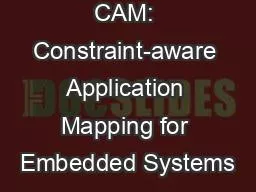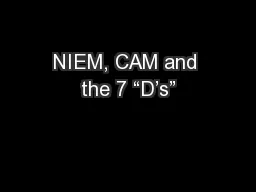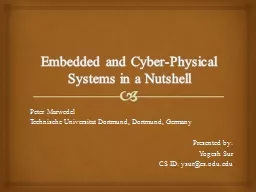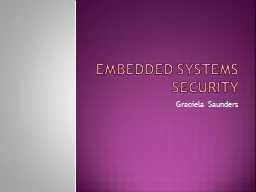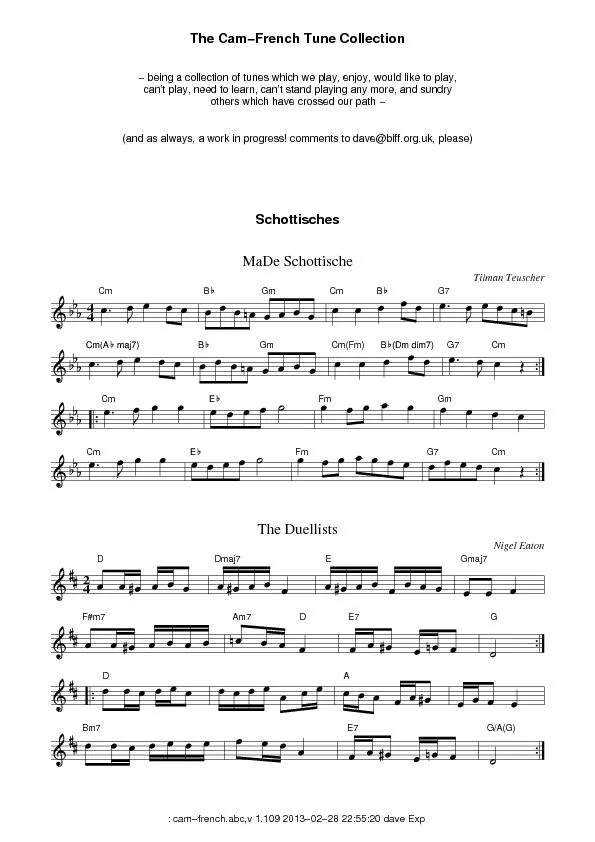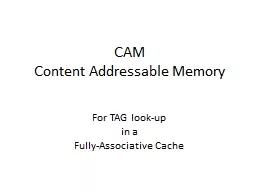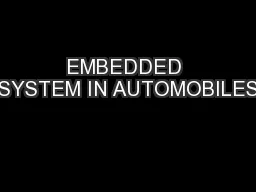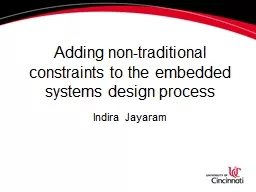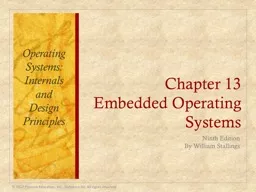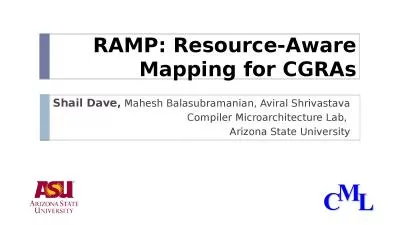PPT-CAM: Constraint-aware Application Mapping for Embedded Systems
Author : frostedikea | Published Date : 2020-07-03
Luis A Bathen Nikil D Dutt Outline 102810 CASA 10 2 Introduction amp Motivation CAM Overview Memoryaware MacroPipelining Customized Security Policy Generation Related
Presentation Embed Code
Download Presentation
Download Presentation The PPT/PDF document "CAM: Constraint-aware Application Mappin..." is the property of its rightful owner. Permission is granted to download and print the materials on this website for personal, non-commercial use only, and to display it on your personal computer provided you do not modify the materials and that you retain all copyright notices contained in the materials. By downloading content from our website, you accept the terms of this agreement.
CAM: Constraint-aware Application Mapping for Embedded Systems: Transcript
Download Rules Of Document
"CAM: Constraint-aware Application Mapping for Embedded Systems"The content belongs to its owner. You may download and print it for personal use, without modification, and keep all copyright notices. By downloading, you agree to these terms.
Related Documents

